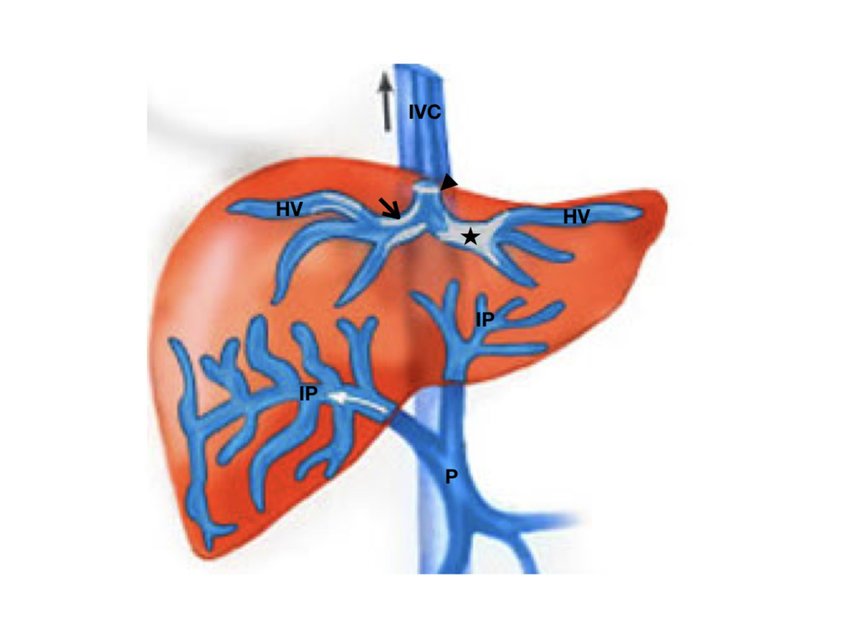
Endovascular Management of Budd-Chiari Syndrome: A Minimally Invasive Solution
Budd-Chiari Syndrome (BCS) is a rare but serious condition caused by blockages in the hepatic veins, leading to liver congestion, fluid buildup, and liver dysfunction. Endovascular treatment performed by an interventional radiologist helps restore normal blood flow, preventing complications and improving liver function without the need for open surgery.
Indications for Endovascular Treatment of Budd-Chiari Syndrome
✅ Acute or chronic Budd-Chiari Syndrome with significant liver congestion
✅ Hepatic vein or inferior vena cava (IVC) obstruction leading to liver dysfunction
✅ Severe ascites or leg swelling due to impaired blood drainage
✅ Liver failure symptoms such as jaundice, enlarged liver, or clot-related complications
✅ Refractory symptoms despite medical therapy
Procedure Details
- Preparation: The procedure is performed under local anesthesia with mild sedation for patient comfort.
- Catheter-Based Access: A small catheter is inserted through a vein in the neck (jugular vein) or groin and guided to the blocked hepatic vein using real-time X-ray (fluoroscopy).
- Endovascular Treatment Options:
- Balloon Angioplasty – A balloon is inflated to open narrowed hepatic veins.
- Stent Placement – A metal stent is inserted to keep the vein open and maintain blood flow.
- Thrombolysis & Thrombectomy – If the blockage is due to a clot, clot-busting medications or mechanical devices are used to remove it.
- TIPS (Transjugular Intrahepatic Portosystemic Shunt) – In severe cases, a new shunt is created to bypass the blocked veins.
- Completion: The catheter is removed, and a small bandage is applied. The procedure typically takes 60–90 minutes, and most patients experience immediate symptom relief.
Benefits of Endovascular Treatment for Budd-Chiari Syndrome
✔ Minimally Invasive: No open surgery, reducing risks and recovery time
✔ Immediate Symptom Relief: Improves blood flow, reduces liver congestion and ascites
✔ Prevents Liver Damage: Helps protect liver function and prevent long-term complications
✔ Quick Recovery: Most patients resume normal activities within a few days
✔ Highly Effective: Long-term symptom control with a low risk of recurrence
Why Choose Us for Budd-Chiari Syndrome Treatment?
✅ Expert Interventional Radiologists – Specialized in complex liver and vascular procedures
✅ State-of-the-Art Imaging & Technology – Ensuring precise, safe, and effective treatment
✅ Minimally Invasive Approach – Lower risk, faster healing, and shorter hospital stays
✅ Comprehensive Liver & Vascular Care – Coordinated management with hepatologists for the best outcomes
If you have Budd-Chiari Syndrome and need a safe, effective, and minimally invasive solution, schedule a consultation with us today!

